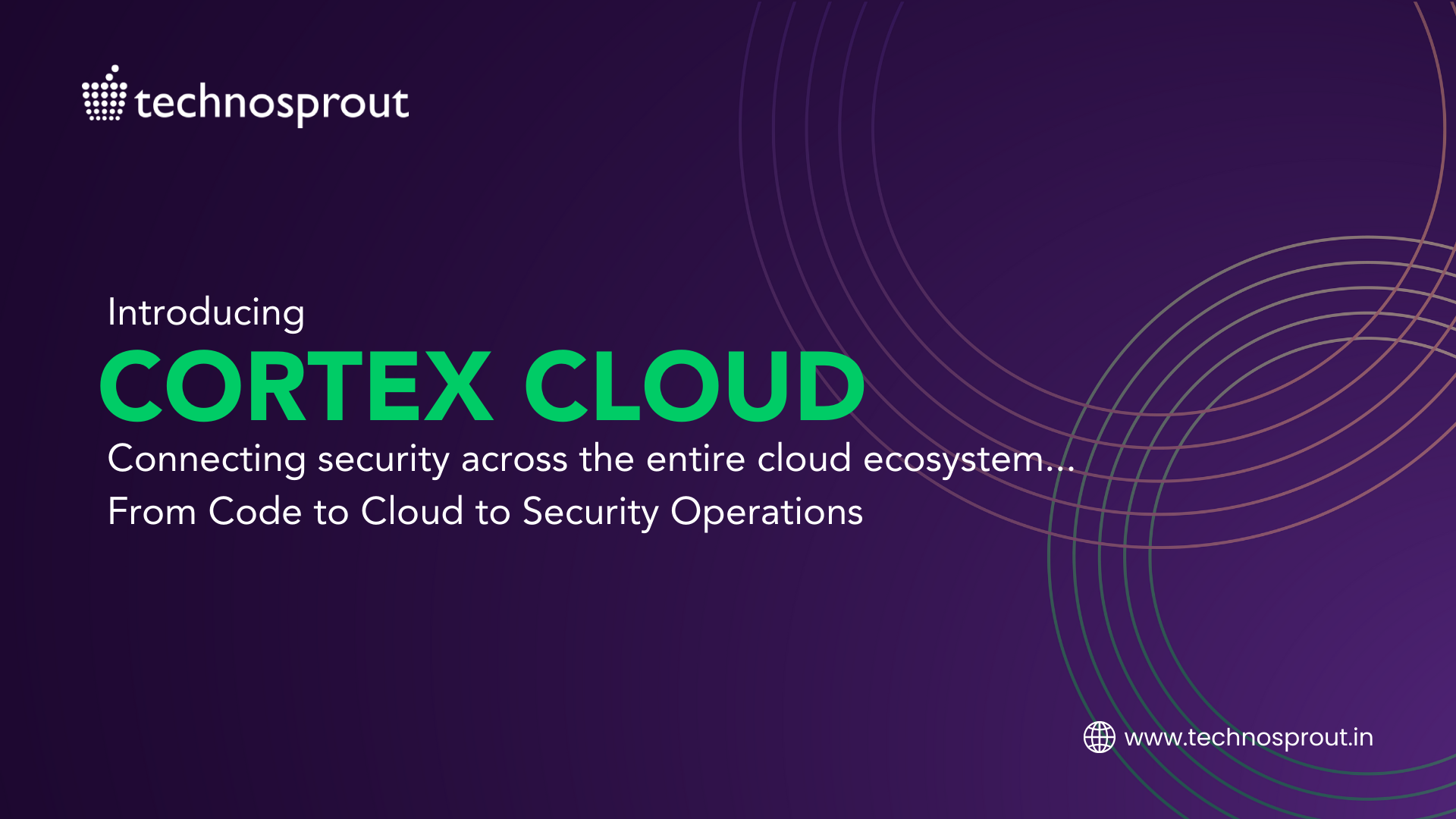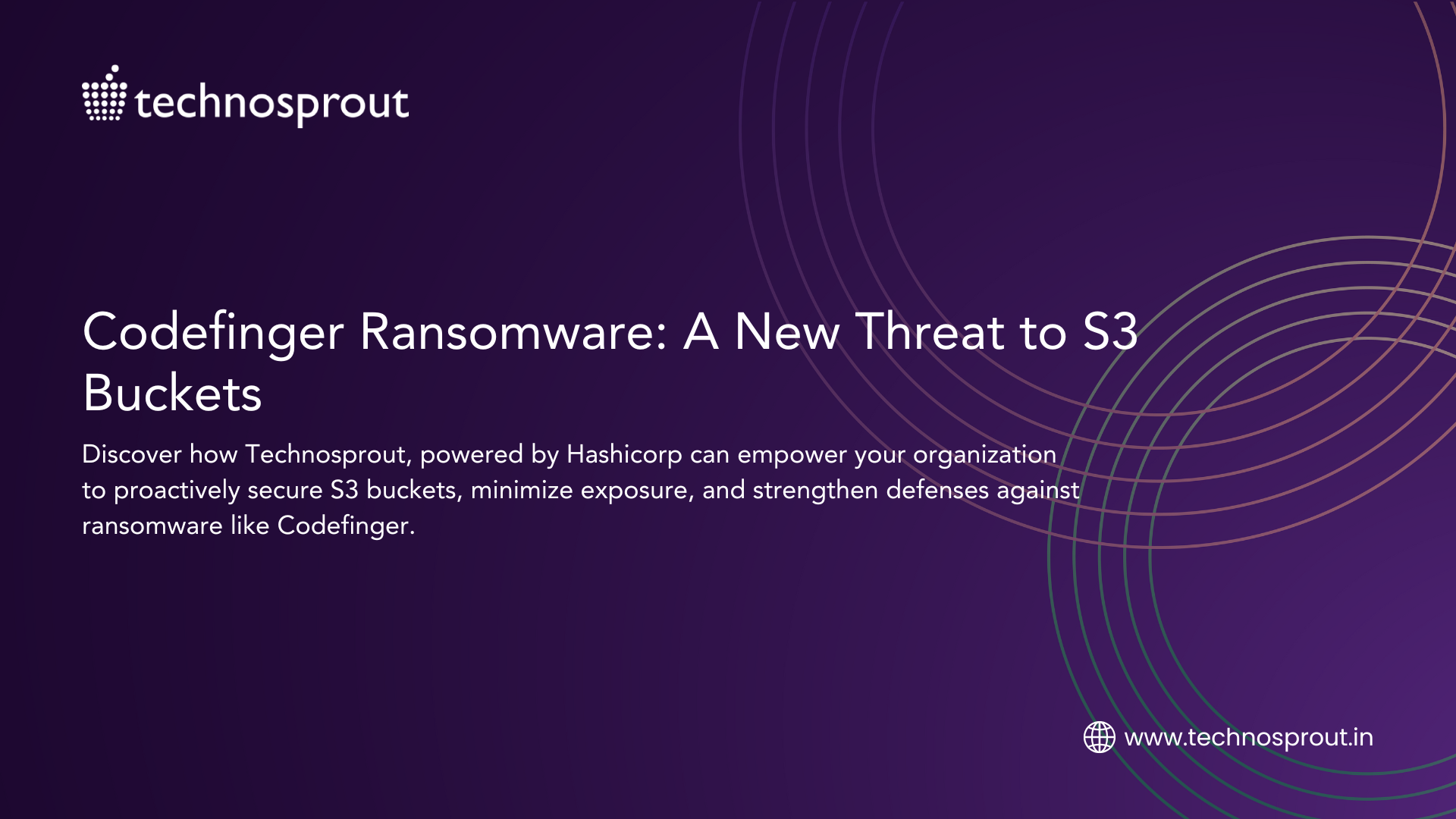Prisma Cloud is a powerful platform that offers a comprehensive solution for securing code across all modern architectures and software supply chains. By identifying vulnerabilities, misconfigurations, compliance violations and exposed secrets early in the development lifecycle, Prisma Cloud empowers engineering teams to build and deploy secure code with confidence. With scanning support for IaC templates, container images, open source packages and delivery pipelines, this tool leverages the expertise and threat research of an open-source community to provide reliable code security. Plus, with its connected visibility and policy controls, security teams can rest easy knowing that all deployed code is secure.
In our previous blog, we looked at an overview of what Code Security is, whereas in this one let’s take a deeper look at some unique features of Prisma Cloud’s Code Security.
Features of Code Security:
- Infrastructure as a code scanning
- Container Image Scanning
- Policy as Code
- Supply Chain Security
- Secrets Security
- Software Composition Analysis
- OSS License Analysis
- Infrastructure as Code Scanning:
Infrastructure as code scanning is a crucial aspect of securing cloud infrastructure and Prisma Cloud provides an efficient solution for this. It offers automation and integrates security into workflows for various DevOps tools like Terraform, CloudFormation, Kubernetes, Dockerfile, Serverless and ARM templates. The good news is that you can automate cloud security scanning and add checks for misconfigurations and exposed secrets at every step of the software development lifecycle. This cloud tool also provides native integrations for IDEs, VCS and CI/CD tooling, allowing developers to embed code security feedback directly into their existing workflows. The tool includes deep context for misconfigurations, automatically tracks dependencies for IaC resources and the most recent developer modifiers to improve collaboration in large teams.
With automated feedback and fixes in code, Prisma Cloud by Palo Alto automates pull request comments for misconfigurations, along with automated pull requests and commit fixes and Smart Fixes for identified misconfigurations. In summary, Prisma Cloud makes it easy to streamline security throughout the software development lifecycle and keep cloud infrastructure secure.
- Container Image Scanning:
Cloud native applications heavily rely on container images, which are fundamental building blocks. However, these images often contain numerous resources that are beyond the control of developers, such as operating systems and configurations. To prevent vulnerabilities, compliance violations and exposed secrets in container images, Prisma Cloud provides security teams with the ability to implement guardrails.
One of the key features is twistcli, which can identify vulnerabilities in operating systems and open source packages within container image layers. With this tool, developers can easily pinpoint any weaknesses and determine the appropriate remediation measures. This information is used to prioritize updating packages and ensuring that the container images are secure.
To prevent images with vulnerabilities from being pushed to production, Prisma provides guardrails that block images that do not meet the severity level requirements. Furthermore, container image dependencies and configurations can be checked for violations against popular benchmarks like CIS as well as proprietary issues such as malware during build time. This allows teams to achieve container compliance in code.
Another important aspect of container security is trust. This tool provides a secure container image supply chain by hardening images with build time scanning, surfacing exposed secrets in containers and leveraging trusted registries. By ensuring that container images are trustworthy, organizations can mitigate the risk of security breaches.
Finally, Prisma Cloud can be integrated across the software development lifecycle. Security feedback and guardrails can be embedded in popular CI/CD tools, VCS and registries. This enables teams to incorporate security measures into their development process seamlessly, resulting in more secure and reliable container images.
- Policy as Code:
Typically, traditional security testing is performed by separate organizations using separate tools, which creates siloed controls that are difficult to replicate. However, Prisma Cloud offers a solution through policy-as-code, which provides controls that are built directly into the code. This approach enables teams to replicate, version control and test their controls against live code repositories.
With Prisma Cloud, teams can define, test and version control check-lists, skip-lists and graph-based custom policies in Python and YAML for IaC templates. This allows teams to build and control policies using code, making the process more efficient and streamlined. Additionally, teams can use Terraform to onboard accounts, deploy agents and configure runtime policies, including ingestion and protection based on OpenAPI and Swagger files.
One more feature is that the tool is equipped with hundreds of built-in policies written in code and allows for custom policies for cloud resources and IaC templates. This makes it easier for teams to leverage out of the box policies and add custom policies for misconfigurations.
To add to the above one of the key benefits of policy-as-code is the ability to provide feedback directly on the code being written. With Prisma Cloud, IaC templates have direct feedback with auto-fixes, pull/merge request comments and pull/merge request auto-fixes. This enables teams to identify and remediate issues in real time, ensuring that code is secure and compliant with industry standards.
Overall, policy-as-code offered by Prisma Cloud is a game-changing approach to security testing. By building controls directly into the code, teams can streamline the security testing process, improve efficiency and reduce the risk of security breaches.
- Supply Chain Security:
As cloud-native software supply chains become increasingly targeted by malicious attacks, it’s becoming more important than ever to protect your code and secrets. Bad actors can exploit vulnerabilities in your supply chain to inject malicious code or steal data, which is why Prisma Cloud offers a comprehensive solution to secure your supply chain and keep your pipelines safe.
One of the key features of Prisma Cloud is its ability to provide visibility into the components of your supply chain and posture for your version control systems (VCS) and CI/CD pipelines. With its graph visualization, you can easily understand the attack surface and take steps to align your pipelines with best practices to ensure their security.
In addition to visualizing your supply chain, Prisma Cloud allows you to automatically manage the posture of your VCS and ensure that security best practices are in place. By aligning your VCS configurations with best practices, such as branch protections, you can reduce the risk of unauthorized access to your code.
To prevent image poisoning attacks, Prisma Cloud provides image scanning and container sandbox analysis to identify and block malicious images. With trusted images, you can rest assured that only vetted images will be allowed into your deployments, reducing the risk of a security breach.
Finally, Prisma Cloud enables you to generate a software bill of materials (SBOM) report that contains your open source packages, libraries and IaC resources, along with associated security issues. This report helps you track and understand your application risk, making it easier to take steps to protect your code and secrets.
- Secrets Security:
It takes bad actors only a minute to discover and exploit exposed credentials online, which is a major concern for organizations. However, Prisma Cloud offers a solution to this problem by identifying secrets before production.
One of the key features of Prisma Cloud is its ability to find and remove secrets in IaC templates and container images during development environments and build time. This is achieved through the use of signatures and heuristics.
Prisma Cloud is also capable of finding secrets in almost any file type, including Infrastructure as Code templates, golden images and Git repository configurations. Passwords and tokens can be easily identified and dealt with.
Furthermore, Prisma Cloud can surface hardcoded secrets in code to developers early, through IDEs, CLIs, pre-commit and in CI/CD tooling. This enables developers to address these issues at an early stage and improve the overall security of the organization.
Prisma Cloud also utilizes multidimensional secrets scanning, which employs regular expressions, keywords or fine-tuned entropy-based identifiers to locate both common and uncommon secrets. This ensures that all secrets are detected and addressed in a comprehensive manner.
In conclusion, Prisma Cloud offers a powerful solution for identifying secrets before production. Its ability to find and remove secrets in IaC templates and container images, surface secrets in developer tools and utilize multidimensional secrets scanning make it an essential tool for ensuring the security of organizations.
- Software Composition Analysis:
Modern application code is largely composed of open source dependencies and a lack of awareness regarding which dependencies are in use can result in vulnerabilities going unremediated. Moreover, developers are often hesitant to introduce changes that may cause disruptions. To address these challenges, Prisma offers integration with developer tools to identify vulnerabilities in open source packages, including support for flexible and granular bump fixes.
Prisma Cloud utilizes industry-leading sources to provide comprehensive open source security confidence. By scanning open source dependencies wherever they are and comparing them against public databases like NVD and the Prisma Cloud Intelligence Stream, vulnerabilities can be identified and addressed.
In addition, the tool can identify vulnerabilities at any dependency depth and in context. By ingesting package manager data, it can extrapolate dependency trees to the furthest layer and connect infrastructure and application risks to prioritize remediations faster.
Prisma Cloud also enables open source security to be integrated across the development lifecycle. Real-time vulnerability feedback can be surfaced to developers via IDEs and VCS pull/merge requests and builds can be blocked based on vulnerability thresholds to proactively keep cloud-native environments secure.
To fix issues without introducing breaking changes, Prisma Cloud recommends the smallest update required to address vulnerabilities in both direct and transitive dependencies, without risking the disruption of critical functions. Multiple issues can be fixed simultaneously, with the flexibility of selecting granular versions per package.
- OSS Licence Compliance:
Each organization has its own acceptable use policies for open source licenses and violating these policies can result in costly consequences. Rather than waiting for a manual compliance review, it is essential to identify any potential license violations early on. Prisma Cloud provides a solution by cataloging open source licenses for dependencies and offering the ability to alert or block deployments based on customizable license policies.
With Prisma Cloud, companies can avoid expensive open source license violations by surfacing feedback early in the development process. The platform supports all popular languages and package managers, allowing developers to scan their code for open source package license violations and block builds if necessary.
Prisma Cloud also offers the ability to scan both git and non-git repositories for issues, providing flexibility for teams that use a variety of version control systems. Native integrations with popular version control systems like GitHub and Bitbucket are available and a command-line tool is provided to scan any other repository type.
Default rules are available, but organizations can also customize alerting and blocking thresholds by license type to match their internal requirements for copyleft and permissive licenses. This ensures that companies can maintain compliance with their open source license policies and avoid any costly violations.
Now, Let’s talk about how you implement and manage Code Security in Prisma – And here’s where Technosprout comes in…
Learn more about Technosprout Systems Pvt. Ltd. to Asses, Design, Implement and Manage your Cloud Security Posture. Visit Technosprout to know how we help you secure your assets once you have set foot in the cloud journey and have selected your cloud partner.
On adopting services from Technosprout, the enterprise collaborates with our skilled and trusted workforce led by our service head, who acts as an ongoing consultant to support the enterprise’s adoption of the preferred solution.
Are you ready to take the right step towards security? Let’s start by filling a free Prisma Cloud Assessment Form or just ‘Request a Demo on our website






5 Responses
BTC may be the latest or last chance to get rich in this era. It will reach $200000 next year or the next year.
BTC has increased 20 times in the last year, and other coins have increased 800 times!!!
Think about only $2 a few years ago. Come to the world’s largest and safest virtual currency exchange Binance to Get free rewards. Don’t miss the most important opportunity in life!!!
https://hi.switchy.io/91xl
I don’t think the title of your article matches the content lol. Just kidding, mainly because I had some doubts after reading the article.
Thank you for your sharing. I am worried that I lack creative ideas. It is your article that makes me full of hope. Thank you. But, I have a question, can you help me?
Thank you for your sharing. I am worried that I lack creative ideas. It is your article that makes me full of hope. Thank you. But, I have a question, can you help me?
Thank you for your sharing. I am worried that I lack creative ideas. It is your article that makes me full of hope. Thank you. But, I have a question, can you help me?